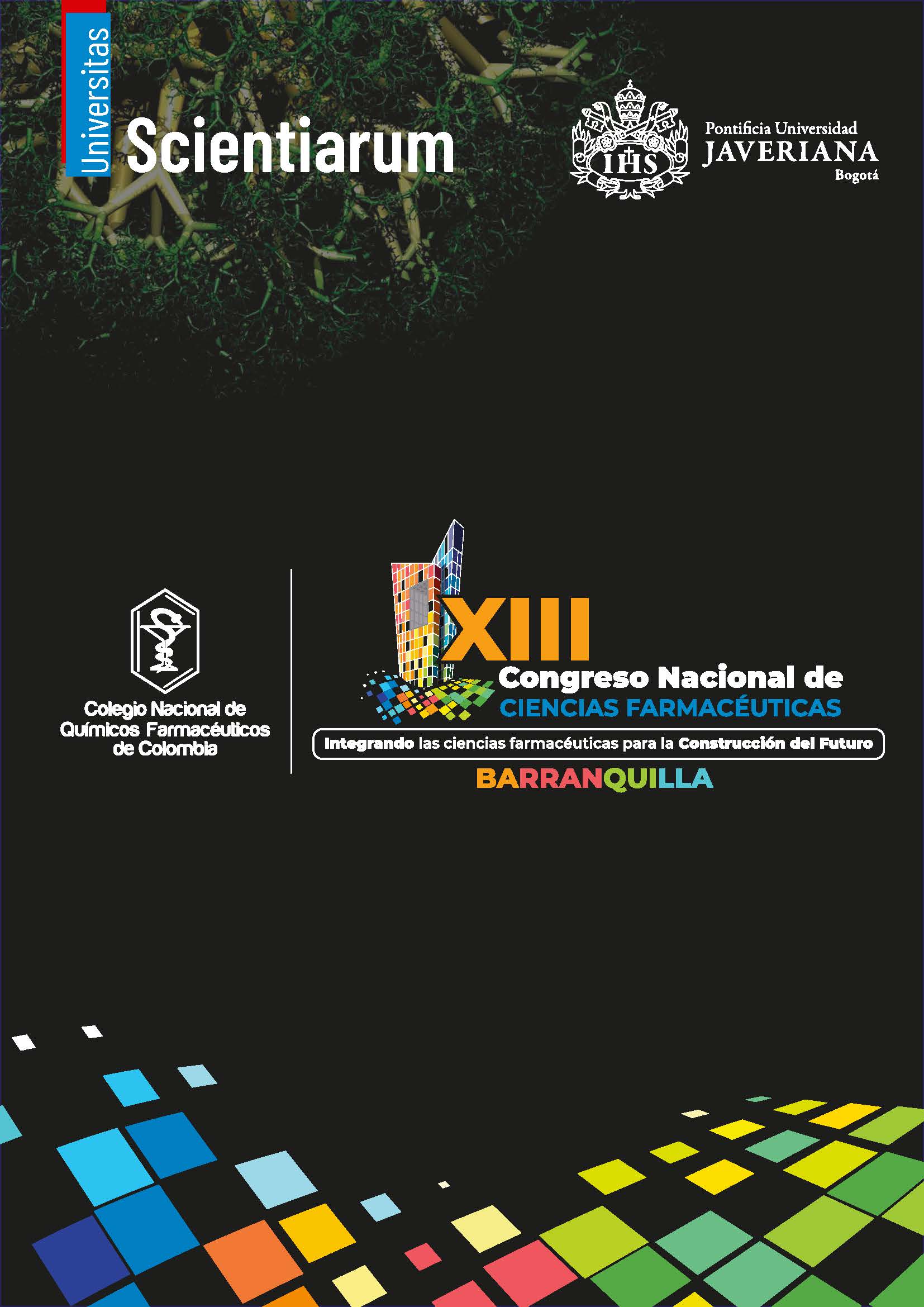Abstract
Natural products have exceptional drug potential. Isolation from plants is extremely challenging. Bioactive molecules like terpenoids, steroidal glycosides, alkaloids, and phenolic compounds have exhibited lead structure prospects in drug discovery. Though valuable, challenges in isolation, identification, and characterization have restricted utilization. Nonetheless, structural diversity is still the driving force for pharma innovation. In this study, a Quality by Design (QbD) strategy for preformulation of a topical formulation from a plant extract was adopted. The process comprised two phases. First, a target product profile and critical material attributes were set in place. Subsequently, experimental evaluations were made. Compatibility studies involved evaluating extract- excipient mixtures (1:5 ratio) at 30 ± 2°C and 80 ± 5% relative humidity for 30 days. Appearance and color variations were monitored by HEX codes. Characterizing the lipophilicity of the extract, lipid model formulations were designed. Critical factors were established, and a robust design space was set in place employing experimental design. Accelerated stability tests (40 ± 2°C; 75 ± 5% RH, ICH IVb) were applied for a month. Antimicrobial efficacy was established by Mueller-Hinton agar diffusion tests, whose zones of inhibition were measured after incubation for 24 hours. The QbD approach allowed us to determine critical quality attributes, make rational excipient selections, and design optimum experiments. Compatibility studies indicated adverse interactions with viscous excipients (glycerin, cremophor, tocopherol) and color variations in the presence of citric acid, ascorbic acid, and Span 80. In conclusion, the preformulation study here illustrates that QbD allows for optimum excipient selection and design space identification for topical herbal products. Results validate stability, compatibility, and preservation of antimicrobial activity, in support of future formulation development.

This work is licensed under a Creative Commons Attribution-NonCommercial 4.0 International License.


